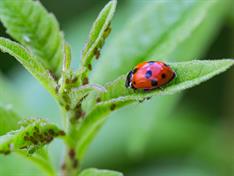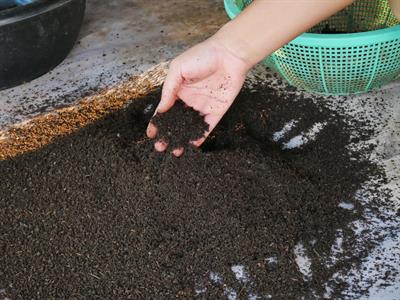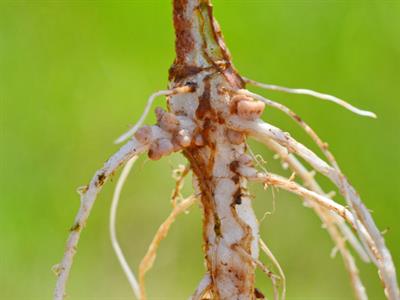
PUMPA - SMART LEARNING
எங்கள் ஆசிரியர்களுடன் 1-ஆன்-1 ஆலோசனை நேரத்தைப் பெறுங்கள். டாப்பர் ஆவதற்கு நாங்கள் பயிற்சி அளிப்போம்
Book Free DemoBio-control or biological control is a method that controls pests like insects, mites, weeds, and plant diseases using other organisms.
Bio predators, bio-pesticides, bio-repellents, and bio-fertilisers are used to control microorganisms, pests, and insects that cause damage to the crops.
Bio-predators
Bio-predators are naturally occurring insects that kill by feeding or using pests for their multiplication.
 |  |
Bio-predators
Important!
Black kneel capsid is an insect present in fruit trees (many deciduous trees). It eats more than 1000 fruit tree red spider mites per year.
Bio-pesticide
Bio-pesticides are living organisms or the parts derived from them, which are used as biocontrol agents to protect crops against insect pests.
Example:
Entomopathogenic viruses, bacteria, insecticides, particularly bacillus thuringiensis, entamofungal pathogens, protozoans, and insect parasitic nematodes control pests that affect the crops.
Bio-pesticides are commercially available but difficult to formulate in field conditions. They are of different types based on their origin.
Fungal bio-pesticides:
Trichodermaviride is a fungus used as a biological pesticide. It controls diseases caused by fungi such as wilt, rusting of leaves, and root disease.
Bacterial bio-pesticide:
A culture of Bacillus thuringiensis bacteria effectively controls the pest Lepidoptera that attacks cotton, maize, tomatoes, and tobacco plants. Panchagavya and leaves decoction of some plants are also used as biopesticides.
Bio-repellant
Compound Azadiractin obtained from neem seeds serves as an insect-repellant. Neem leaves, also called as margosa leaves, are one of the earliest pesticides used by humans. The dried leaves repel the pests from stored grains.Bio-fertilisers
Bio-fertilisers are organisms that bring about soil nutrient enrichment. Nitrogen-fixing microorganisms can convert free nitrogen (atmospheric nitrogen) into soluble nitrogenous compounds usable by the plants, thus making the soil fertile. The main sources of bio-fertilisers are cyanobacteria and a few fungi. 
Bio-fertilizer
Although chemical fertilisers increase the production and yield of food, they degrade the natural environment and habitat. Free-living bacteria live freely in the soil and fix atmospheric nitrogen and make it available to the crops like cereals, millets, fruits, and vegetables.
Example:
Azospirillum
Example:
Anabeana, Nostoc, Azotobacter, Beijerinckia, Klebsiella, and Clostridium.
Symbiotic bacteria fix atmospheric nitrogen.
Example:
Frankia

Rhizobium